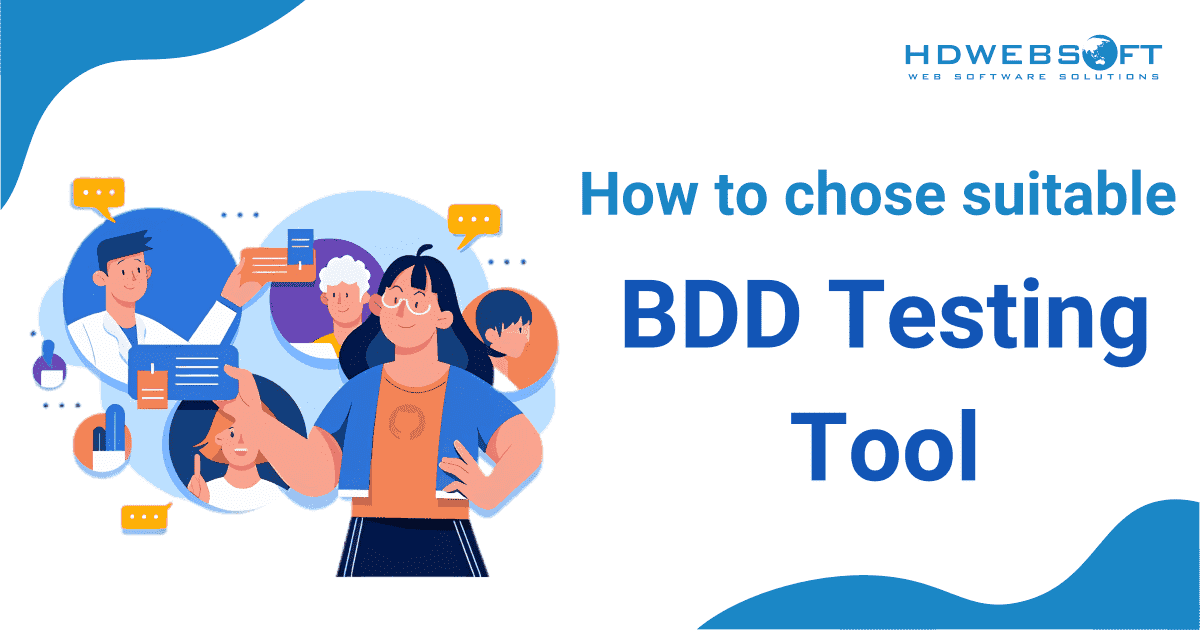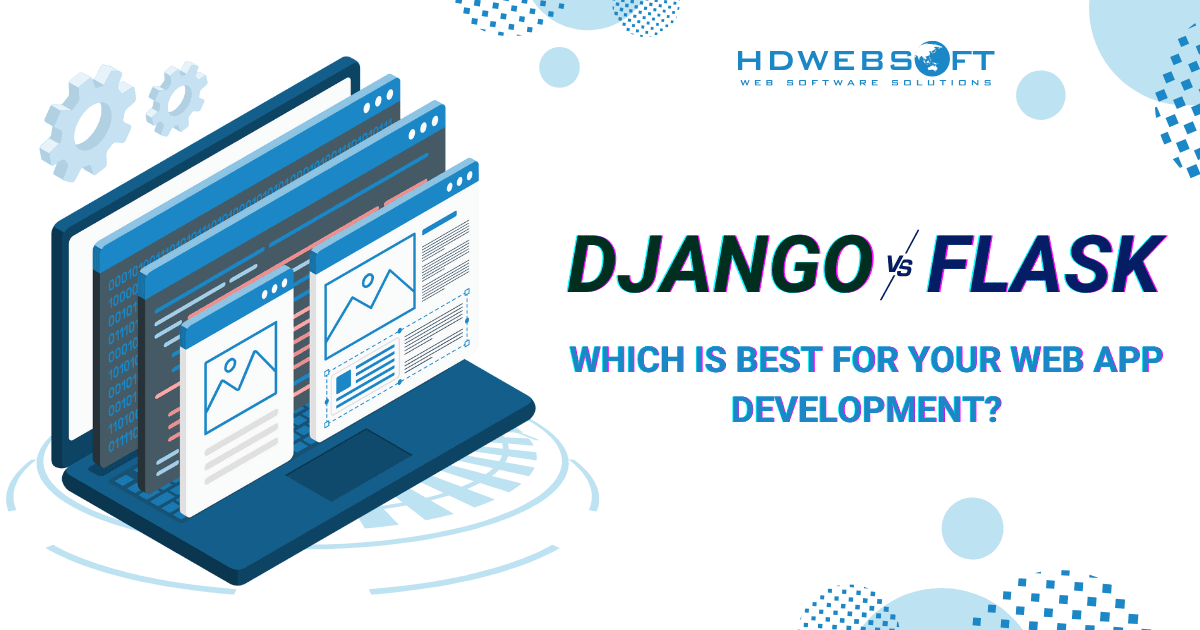
How to Choose a Suitable BDD Testing Tool
Behavior-driven development (BDD) has emerged as a powerful approach to the software testing process. It bridges the communication gap between business stakeholders and technical teams by fostering collaboration and focusing on the software’s expected behavior and many other benefits. The characteristics of BDD testing make it easier for non-technical stakeholders to understand the functionalities being tested.
Adopting BDD into organizations presents numerous challenges. However, the crucial aspect of successfully implementing BDD testing lies in selecting the right tool. With a wide array of options available, navigating the benefits and challenges of each tool to find the perfect fit for your project can be a complex task.
This blog post will guide you through the process of choosing the most suitable BDD testing tool, ensuring a smooth and successful BDD implementation.
Defining Your Project’s BDD Testing Requirements
Before diving into the world of BDD testing tools, it’s crucial to establish a solid foundation. This starts with a deep understanding of your project’s requirements. By clearly defining what your project needs to achieve, you can identify the functionalities and features most important for success. Let’s take a look at some aspects to consider:
Team Expertise and Preferences
Start by evaluating the skill set of your team. Consider whether they are more comfortable with certain programming languages or frameworks. Additionally, assess the familiarity of your team with BDD concepts and tools, as this will influence the ease of adoption and effectiveness of the tool.
Project Type
The next step is to define the nature of your project. Determine whether it is a web application, mobile app, API, or microservices-based system. Naturally, the type of project can significantly impact the choice of BDD tool, as different tools offer various features tailored to specific kinds of applications.
Integration Needs
Evaluate how well your current tool integrates with the rest of your team’s tech stack, including test automation frameworks, CI/CD pipelines, and project management tools. Seamless integration between these tools can significantly improve workflow efficiency by saving time and reducing complexity.
Collaboration and Reporting
Consider how business stakeholders and non-technical team members will contribute to writing and reviewing BDD scenarios. The tool should facilitate easy collaboration and communication among all team members. Also, evaluate the reporting capabilities needed to track and communicate test results effectively. Robust reporting features can help monitor progress and ensure transparency across the team.
Reporting and Analytics Needs
Evaluate the reporting and analytics capabilities needed to track and communicate test results effectively. Robust reporting features are crucial for monitoring progress, analyzing test outcomes, and ensuring transparency across the team. In order to achieve this, the tool should provide clear, customizable reports that can help identify issues and make informed decisions.
Key Features to Look for in a BDD Testing Tool
Now that you’ve grasped the importance of your project requirements, let’s delve into the specific features that should be on your radar. This section outlines the key functionalities to prioritize when evaluating BDD tools. Focusing on these features will ensure you select a tool that empowers effective collaboration, streamlines testing processes, and ultimately fosters a successful BDD implementation within your project.
Language and Platform Support
Selecting the right tool hinges on compatibility with your project’s technical stack. Popular BDD tools like Cucumber, SpecFlow, and Behave cater to specific programming language ecosystems. Ensure the chosen tool seamlessly integrates with your development environment for a smooth workflow.
Ease of Use
Prioritize tools with intuitive syntax, like Gherkin, which is commonly used in BDD and allows clear communication across technical and non-technical stakeholders. Additionally, ensure the tool is backed by comprehensive documentation to facilitate smooth learning and adoption by everyone involved in the BDD process.
Integration Capabilities
To streamline your workflow and maximize efficiency, prioritize a BDD tool that integrates seamlessly with your existing development and testing ecosystem. This includes compatibility with test automation frameworks like Selenium and Appium, CI/CD tools like Jenkins and GitLab, and your chosen version control system (e.g., Git).
Collaboration Features
To encourage seamless collaboration, prioritize tools with features that bridge the gap between technical and non-technical team members. Look for options that offer plugins or integrations with project management platforms like JIRA, allowing for a streamlined workflow where scenarios can be easily created, tracked, and accessed by all stakeholders.
Reporting and Analytics
When selecting a BDD tool, prioritize robust reporting features. Clear and customizable reports are essential for monitoring test results, analyzing coverage, and understanding test outcomes. They allow you to make informed decisions for a successful testing process.
Top 5 Best BDD Testing Tools
Implementing BDD effectively requires the right tools. While the core principles remain the same, navigating the various BDD testing tool options can be daunting. The market for share for BDD testing tools is expected to grow to more than 40 million USD by 2031, reflecting the wide variety of tools available on the market. Here’s a brief overview of some popular BDD testing tools, highlighting their strengths to help you make an informed decision:
Cucumber
Cucumber is one of the most used BDD tools. It is an open-source tool that makes creating test cases easier for non-technical members.
Strengths: Supports multiple languages (Java, JavaScript, Ruby), strong community support, and extensive documentation.
Best For: Projects requiring language flexibility and robust integration capabilities.
For more information on Cucumber, check out Cucumber on their website.
SpecFlow
SpecFlow is a BDD framework that uses human-readable descriptions of software requirements as the foundation for testing to establish a common understanding.
Strengths: Native .NET support, integrates well with Visual Studio, strong reporting features.
Best For: .NET projects looking for seamless integration with the Microsoft ecosystem.
For more information on SpecFlow, check out SpecFlow on their website.
FitNesse
FitNesse is a wiki-based BDD testing framework that enables collaborative writing of acceptance tests. Its strength lies in its ability to facilitate communication between developers, testers, and business stakeholders through its easy-to-use wiki interface
Strengths: Highly flexible, supports a wide range of languages, enables direct collaboration between business stakeholders and developers, wiki-based interface for creating and editing tests.
Best For: Projects needing a collaborative environment and flexibility in language support.
For more information on FitNesse, check out FitNesse on their website.
Behat
Behat is a Behavior-Driven Development framework that is open-source and primarily designed for PHP. It aims to support the delivery of meaningful software through intentional discovery, continuous communication, and test automation.
Strengths: PHP support, integrates well with Symfony, strong focus on collaboration.
Best For: PHP projects, especially those using the Symfony framework.
For more information on Behat, check out Behat on their website.
JBehave
JBehave is a BDD framework suited for Java-based organizations that like to describe and execute text-based user stories.
Strengths: Java support, flexible configuration, integrates well with other Java-based tools.
Best For: Java projects needing detailed configuration options.
For more information on JBehave, check out JBehave on their website.
Conclusion
Choosing the right tool is crucial for the successful implementation of BDD testing in your project. By thoroughly understanding your project’s requirements, evaluating the key features of various tools, and involving your team in the decision-making process, you can select a tool that enhances collaboration and improves test coverage. Ultimately, it delivers a high-quality product. Whether you choose Cucumber, SpecFlow, FitNesse, Behat, or JBehave, the right tool will help you leverage the full potential of BDD testing and drive your project to success.
















